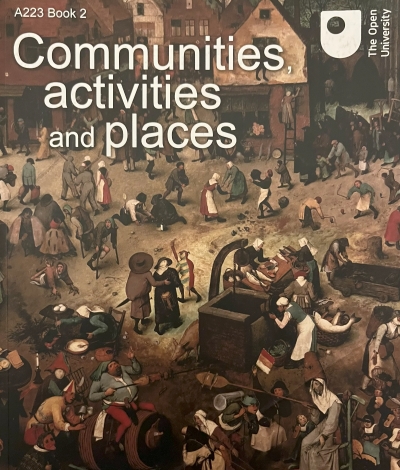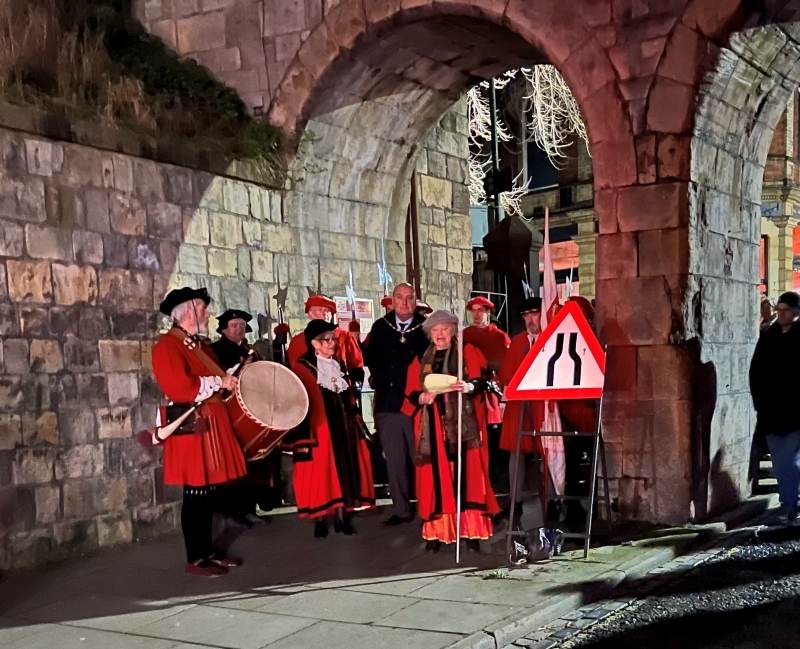As Verona was a summer holiday destination this year there was no chance to experience the Carnival, which is staged in the week before Lent. However, near to our flat there was a small museum dedicated to the celebrations and the figure of 'Papà del Gnoco' (Father Gnocchi) in particular.
The common account of the origin of the Carnival dates it to 1531 and the response to famine and urban unrest. Following military conflict, poor harvests and natural disasters bread prices rose, triggering rioting - particularly in the suburb of San Zeno. Social stability was only restored through the charity of local worthies, in particular doctor Tommaso Da Vico, who helped feed the destitute community. The doctor is also supposed to have provided in his will for bread, wine, butter, flour and cheese to be distributed every year to the people of San Zeno. The Carnival must surely predate the early modern period though - and there are other accounts that relate its inception to the Venetian takeover - or the generosity of medieval warlord 'Big Dog' Cangrande della Scala.
The museum displays costumes worn in recent Carnivals, you can see Papà del Gnoco's outfit and his 'sceptre' - a gnocchi dumpling impaled on a fork.

